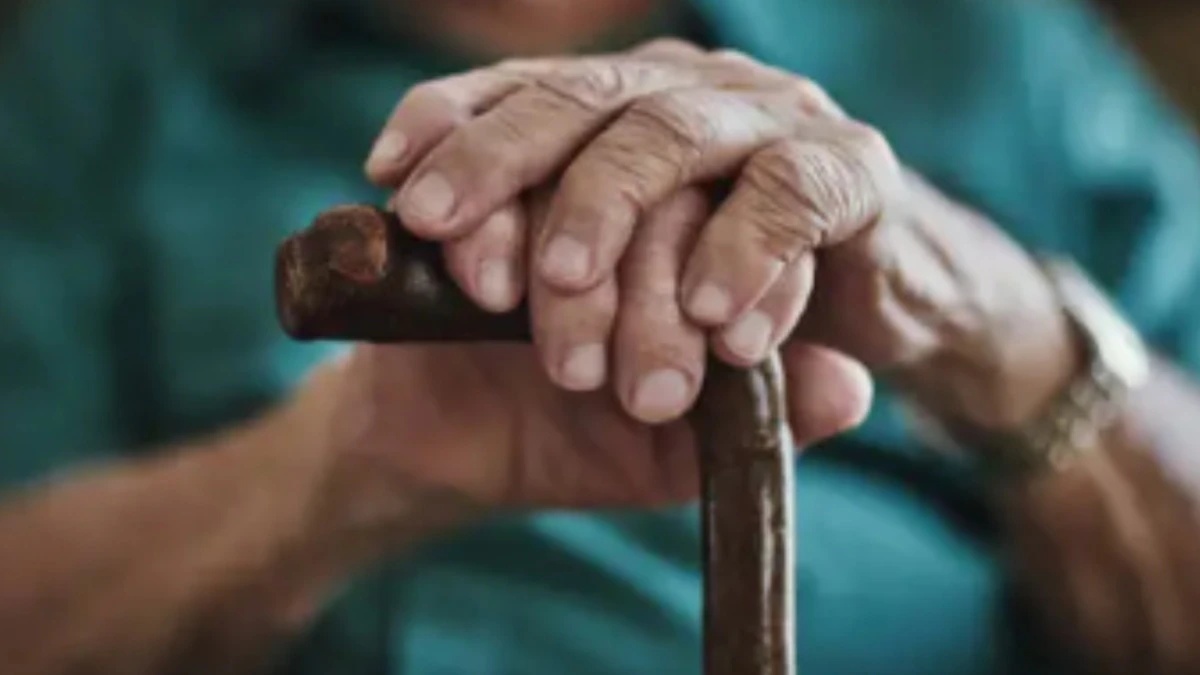
Policy Update Allows Flexible Leave for Family Care Responsibilities
Central government employees in India are now granted up to 60 days of annual leave to manage personal responsibilities, including caregiving for elderly parents. This provision, announced by Union Minister of State for Personnel Jitendra Singh during a Rajya Sabha session, expands existing leave entitlements under the Central Civil Services (Leave) Rules, 1972. The policy aims to address the growing demand for work-life balance while supporting employees in fulfilling familial duties. The revised framework allows employees to combine various leave types—such as earned leave, half-pay leave, and casual leave—to create a flexible leave package tailored to individual needs. This update reflects the government’s recognition of the challenges faced by public sector workers in balancing professional and personal obligations, particularly in an aging population.
Leave Types and Allocation Details
The new policy enables employees to accumulate 30 days of earned leave, 20 days of half-pay leave, eight days of casual leave, and two days of restricted holidays annually. These leave types can be combined for personal reasons, including caregiving for elderly parents, as per the updated rules. Earned leave is calculated at 2.5 days per month of service, with installments credited twice a year on January 1 and July 1. Employees can withdraw leave from their accumulated balance, though certain categories like maternity or paternity leave are treated as ‘special leave’ and are not deducted from standard leave balances. This structure ensures employees have sufficient flexibility while maintaining administrative clarity in leave management.
Historical Context and Leave Rule Framework
The Central Civil Services (Leave) Rules, 1972, form the foundation of this policy update. These rules outline a comprehensive framework for various leave types, including earned, maternity, paternity, and study leave, among others. The 1972 regulations also permit the combination of leave categories with public holidays, enhancing employee flexibility. For instance, maternity leave for female employees with fewer than two children is extended to over 180 days, while male employees receive up to 15 days of paternity leave. The rules emphasize the importance of balancing work commitments with personal responsibilities, ensuring employees can manage caregiving duties without compromising their professional roles.
Impact on Work-Life Balance and Family Care
The revised leave policy underscores the government’s commitment to improving work-life balance for central government employees. By allowing up to 60 days of combined leave for caregiving, the initiative addresses the growing need for support in aging populations and family care responsibilities. This provision is particularly significant for employees with elderly parents requiring regular attention, as it enables them to fulfill caregiving duties without jeopardizing their professional careers. The policy also aligns with broader societal trends emphasizing the importance of family care in maintaining employee well-being and productivity. By providing structured leave options, the government aims to create a more supportive work environment that accommodates diverse personal circumstances.
Implementation and Eligibility Criteria
The updated leave provisions apply to all central government employees, with specific eligibility criteria outlined in the Central Civil Services (Leave) Rules, 1972. Employees must adhere to the stipulated leave allocation and withdrawal procedures to ensure compliance. The policy’s implementation is expected to streamline leave management processes, reducing administrative burdens while enhancing employee satisfaction. As the government continues to refine workplace policies, this initiative serves as a model for balancing professional obligations with personal responsibilities, fostering a more inclusive and supportive work culture.




